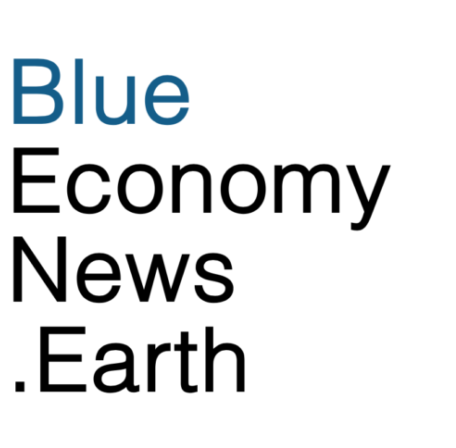Three leading conservation organizations have released a guide meant to serve as a global reference for protecting waves and surf ecosystems — providing decision-makers, coastal communities, businesses, and the surf community with practical tools and real-world examples to support conservation and sustainable development.
The guide includes 30 case studies and examples from more than 25 surf breaks across more than 15 countries. For example, it explains Peru’s “Law of the Breakers,” which grants legal protection to surf breaks like Chicama — home to the world’s longest wave. Driven by SPDA, the law is now being reinforced by GEF-backed conservation efforts in other Peruvian surf spots like Huanchaco, Lobitos and San Gallán.
In Indonesia, supported by Conservation International, the guide said communities are leading the creation of Locally Managed Marine Areas. In Costa Rica, community mapping, urban planning, and economic analysis guide coastal conservation.
The Guidelines and Best Practices for Surf Ecosystem Conservation was created by Save the Waves Coalition, the Peruvian Society for Environmental Law (SPDA), and Conservation International with funding by the Global Environment Facility (GEF).
“Surf ecosystems are special places where nature, culture, and community intersect,” said Scott Atkinson who leads Conservation International’s global efforts to safeguard surf breaks and their ecosystems. “This guide is a call to action — a way to share proven solutions that protect these irreplaceable natural assets, while supporting the people who depend on them. By learning from global success stories, we can scale approaches that safeguard waves, biodiversity, and coastal livelihoods for the future.”
The new guide is part of the “Surf Ecosystem Management and Blue Economy” project, funded by the GEF, implemented by the United Nations Industrial Development Organization (UNIDO), and executed by Conservation International, SPDA, and Save The Waves, in coordination with the governments of Peru, Costa Rica, and Panama.
“When we protect waves, we protect much more — reefs, fisheries and communities that live around them,” said GEF CEO and Chairperson Carlos Manuel Rodríguez. “This guide shows how conservation and the blue economy can move in the same direction — linking the protection of nature with sustainable development so that the waves that draw people to coastlines also sustain local communities.”

